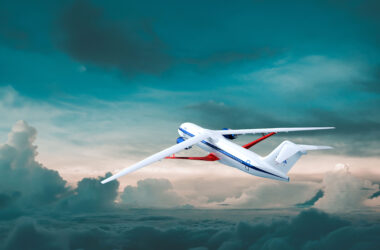
Ingenuity, a small, autonomous rotorcraft, is set to travel with the American agency’s latest Mars mission scheduled to blast off later this month.
A recent article in the New York Times has documented NASAs pain staking development of the tiny craft.
Currently, Ingenuity is attached to the belly of Perseverance and undergoing final preparations for launch from Cape Canaveral, Florida later this month. The project started way back in August 2013 as a technology development project at NASA’s Jet Propulsion Laboratory (JPL).

Since then the Mars Helicopter has had to prove that big things come in small packages and the result of the team’s four years of design, testing and redesign is a craft that weighs in at little under four pounds (1.8 kilograms).
Ingenuities fuselage is the size of a cricket ball, and its twin, counter-rotating blades will bite into the thin Martian atmosphere at almost 3,000 rpm – about 10 times the rate of a helicopter on Earth.
The altitude record for a helicopter on Earth is about 40,000 feet. However, Ingueitity had to be designed to work at much high rotations-per-minute because the Martian atmosphere is only about 1% of Earths. That means that when the helicopter is on the Martian surface, it’s already at the Earth equivalent of 100,000 feet up.
NASA Administrator Jim Bridenstine explained that “NASA has a proud history of firsts [and] the idea of a helicopter flying the skies of another planet is thrilling. The Mars Helicopter holds much promise for our future science, discovery, and exploration missions to Mars.”
The final design contains built-in capabilities needed for operation at Mars, including solar cells to charge its lithium-ion batteries and a heating mechanism to keep it warm through the cold Martian nights.

Once Mars rover mission, Perseverance, touches down on the planet’s surface in February 2021 the team will try to find a suitable location to deploy the helicopter down from the vehicle and place it onto the ground.
The rover then will be driven away, leaving the helicopter at a distance where both craft are safe but can still relay commands to each other.
Once Ingenuities batteries are charged and a host of tests are performed, controllers at NASA will then issue the final commands for the Mars Helicopter to take its first autonomous flight into history on another planet.








